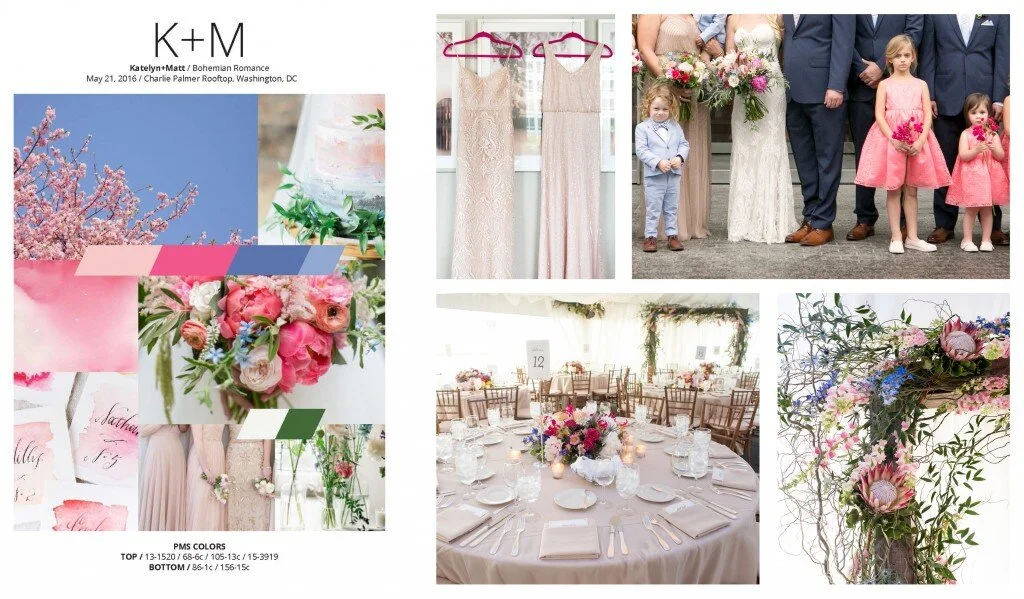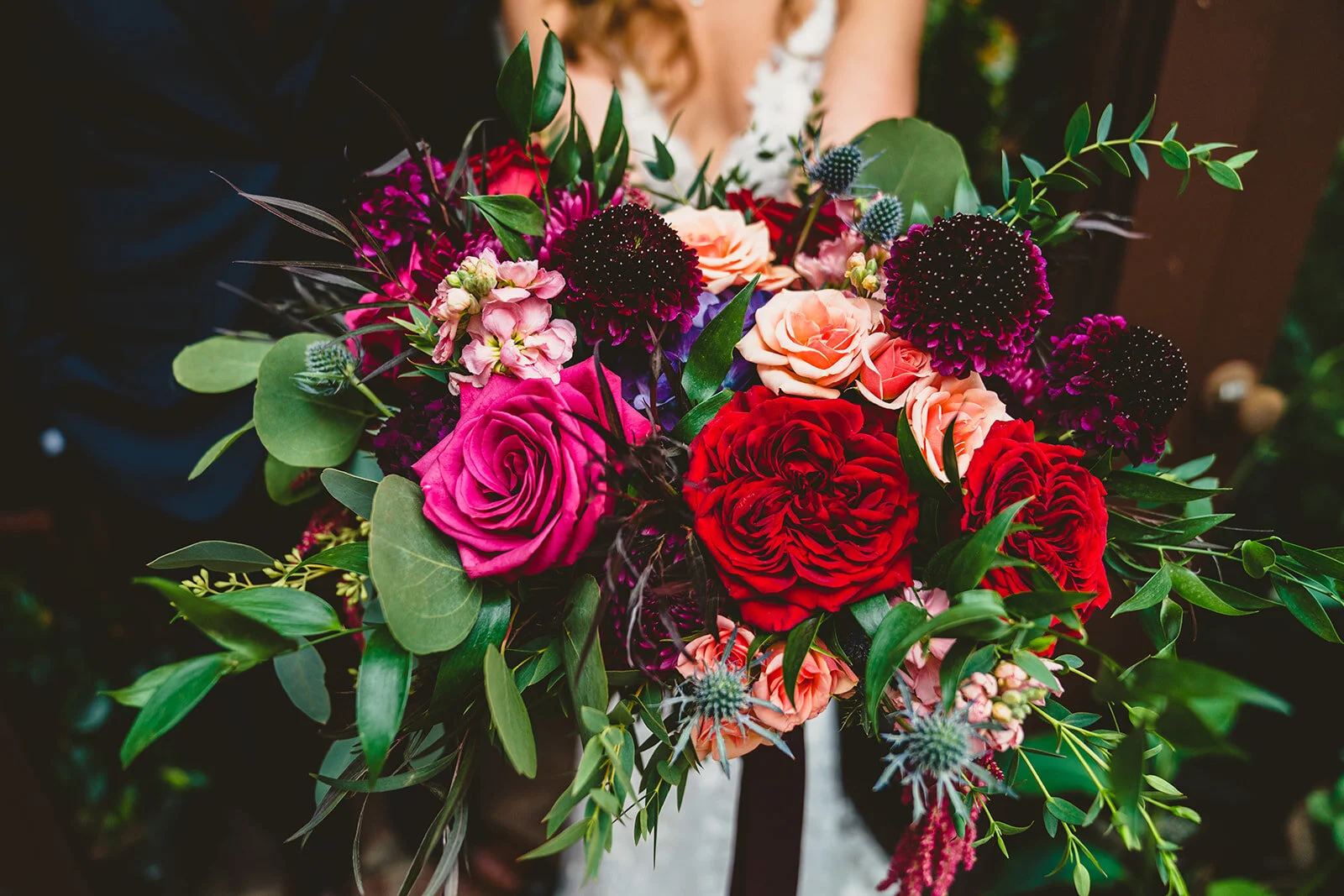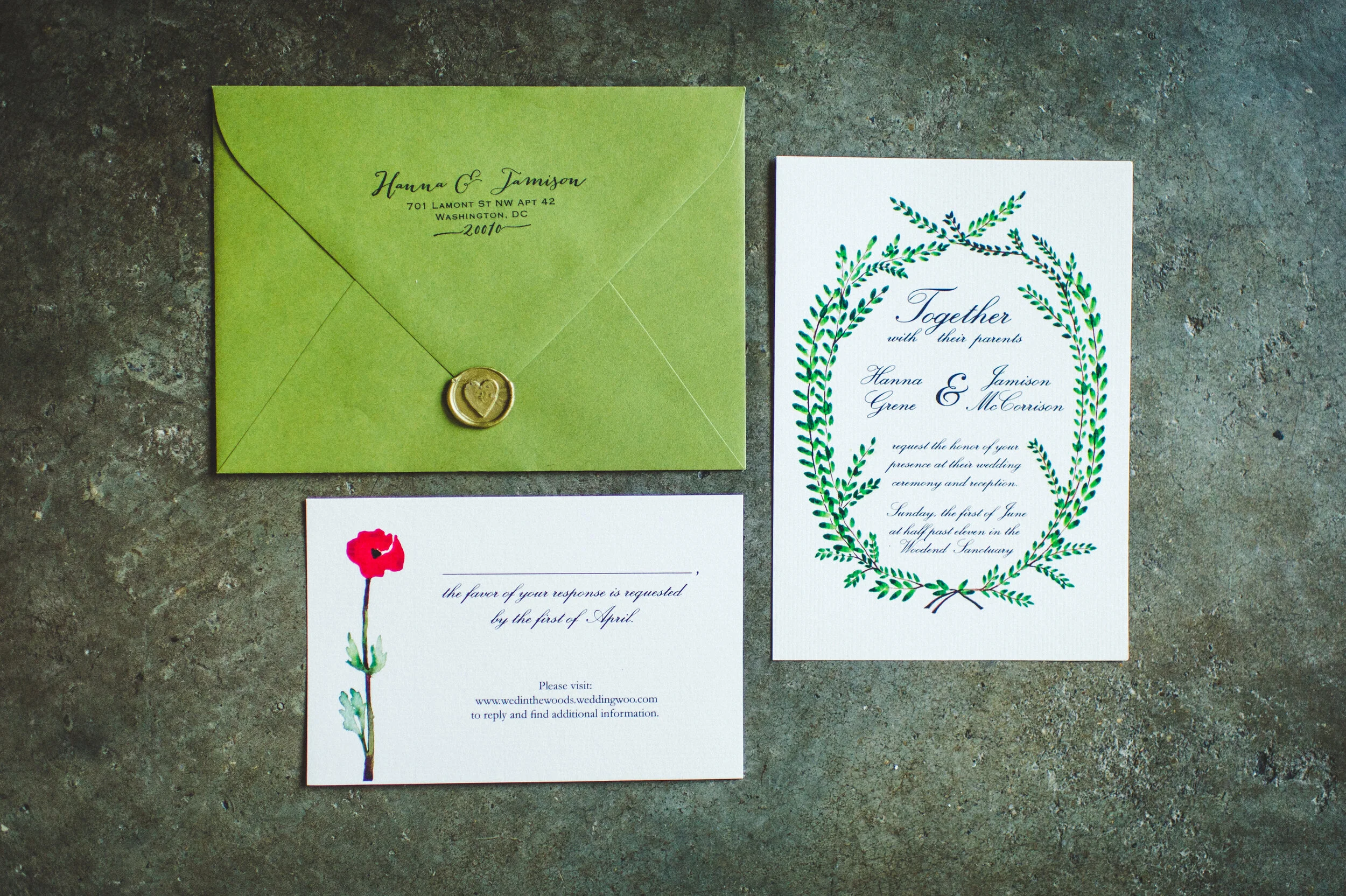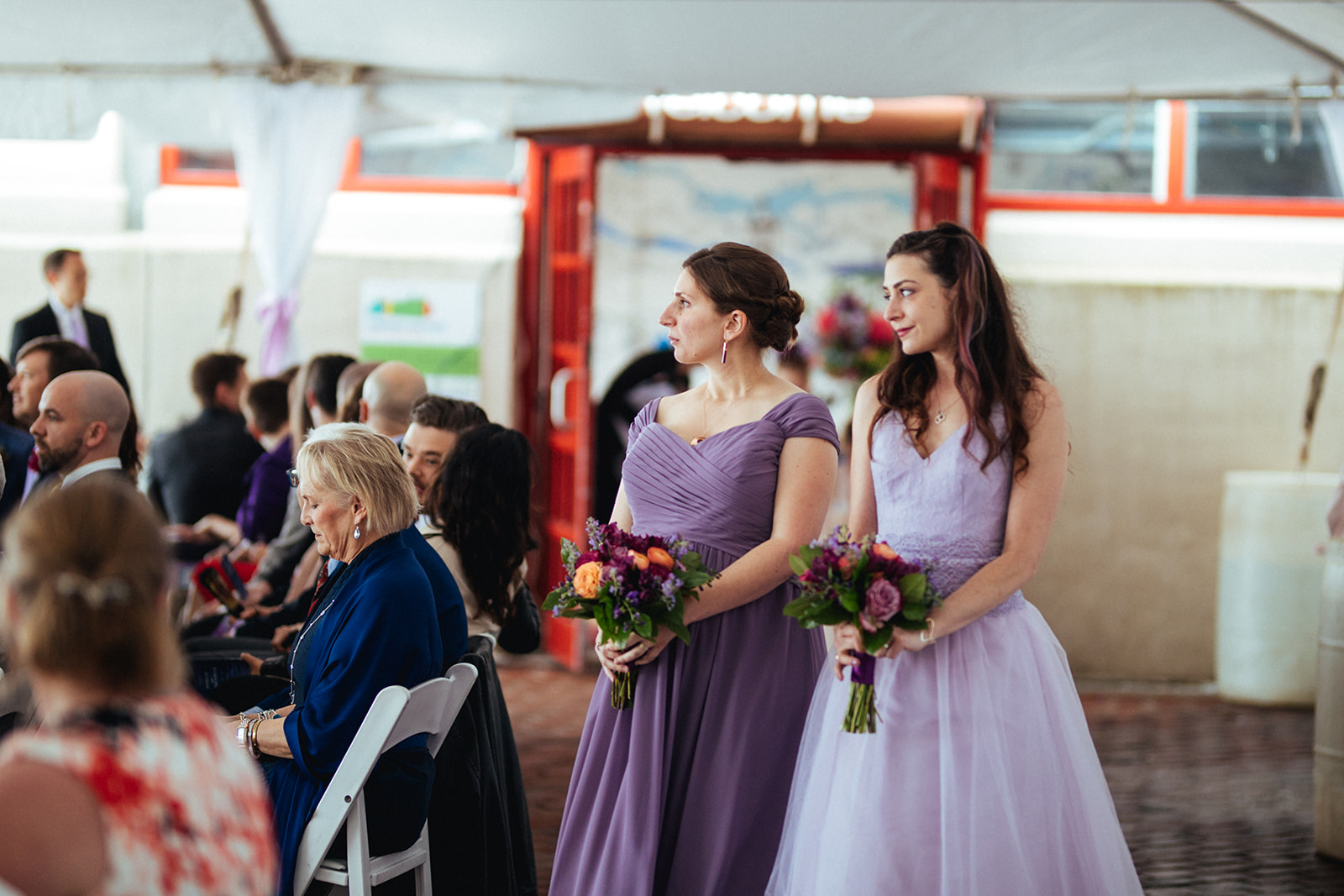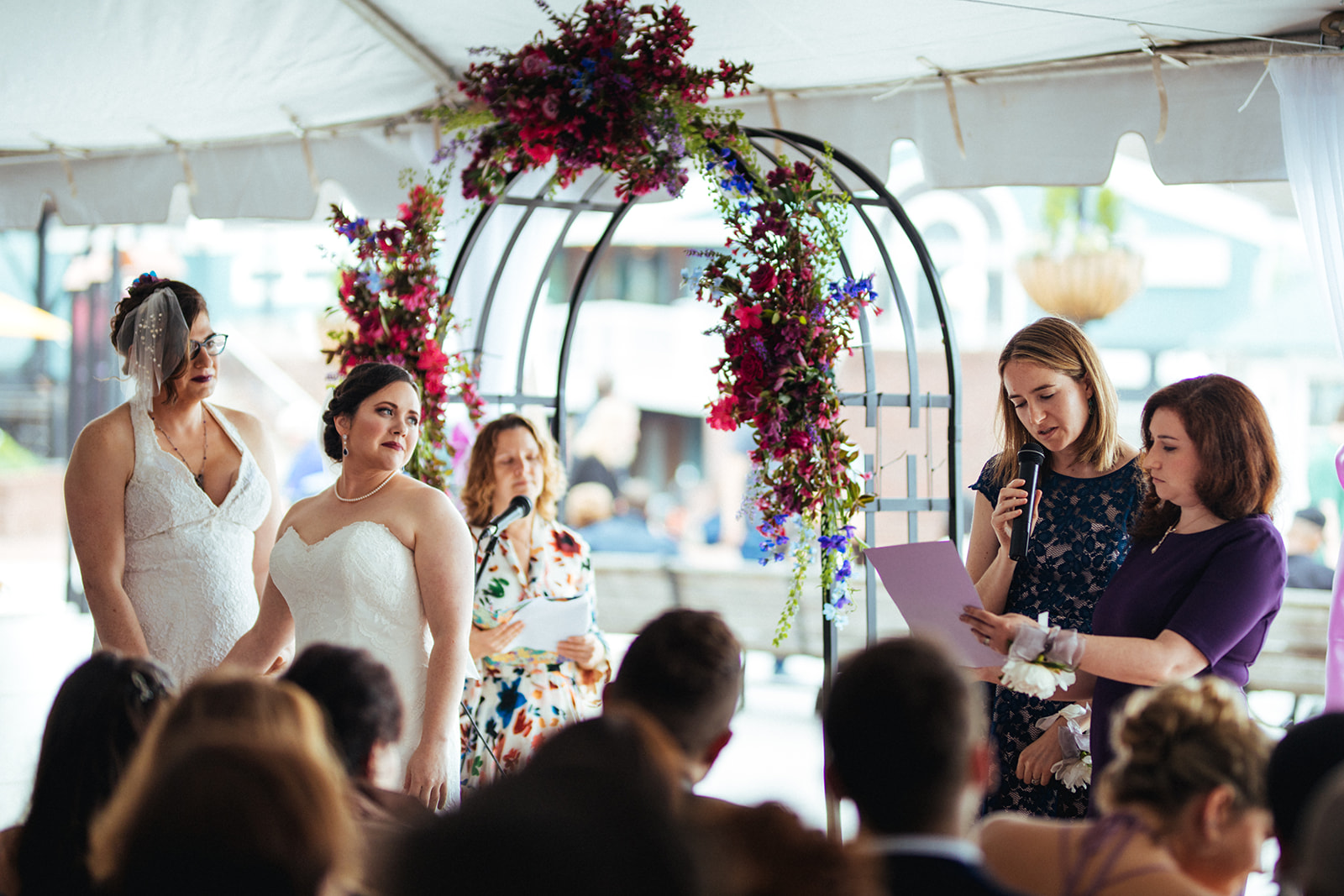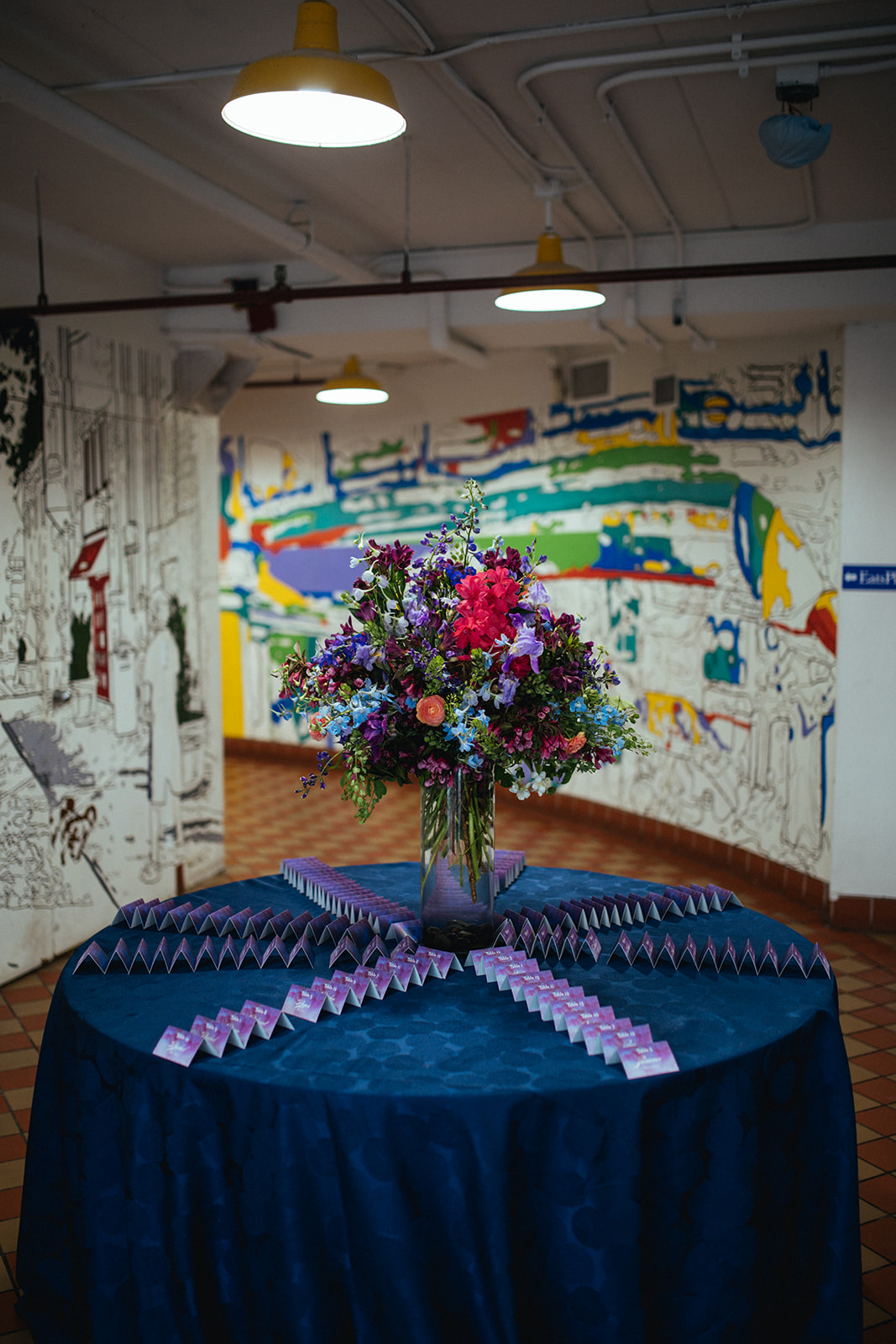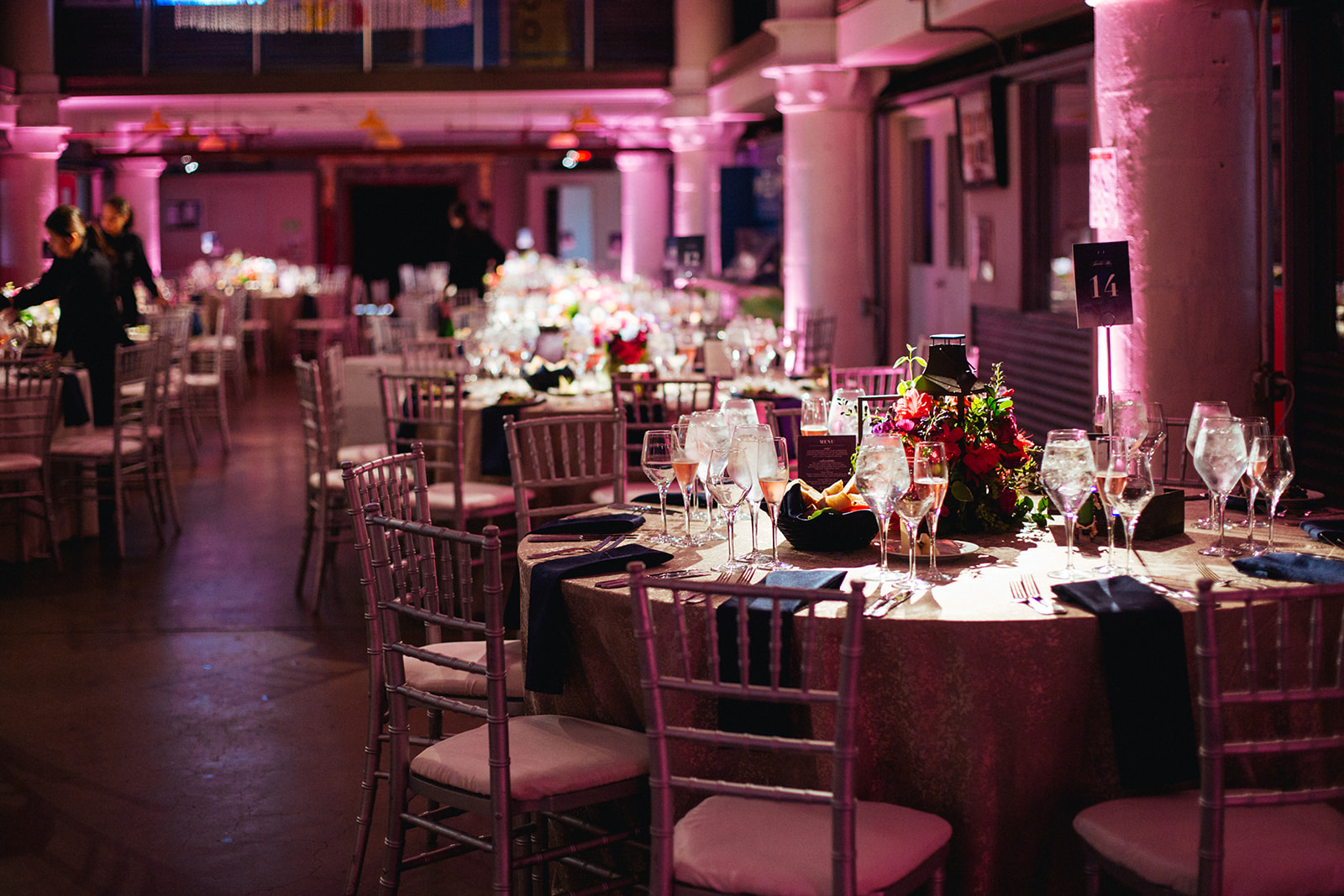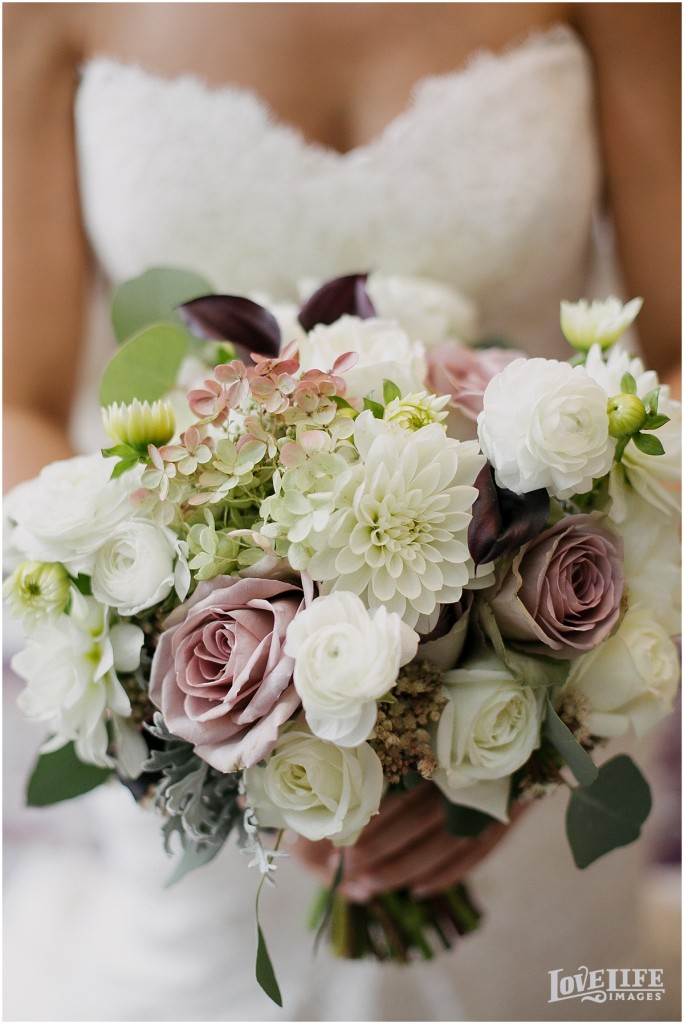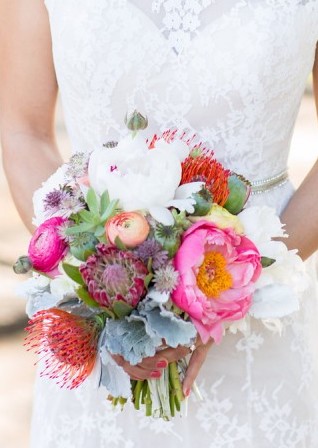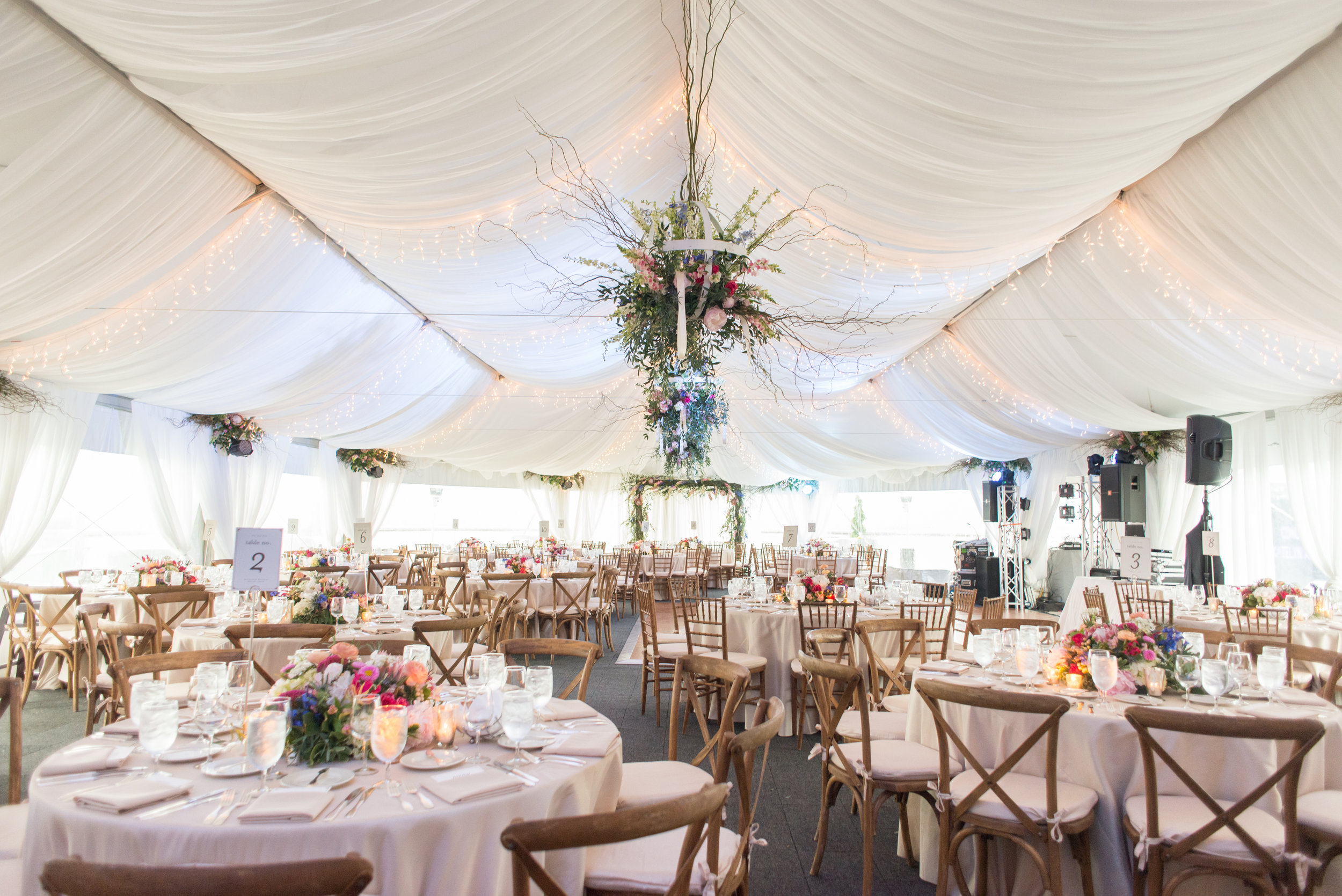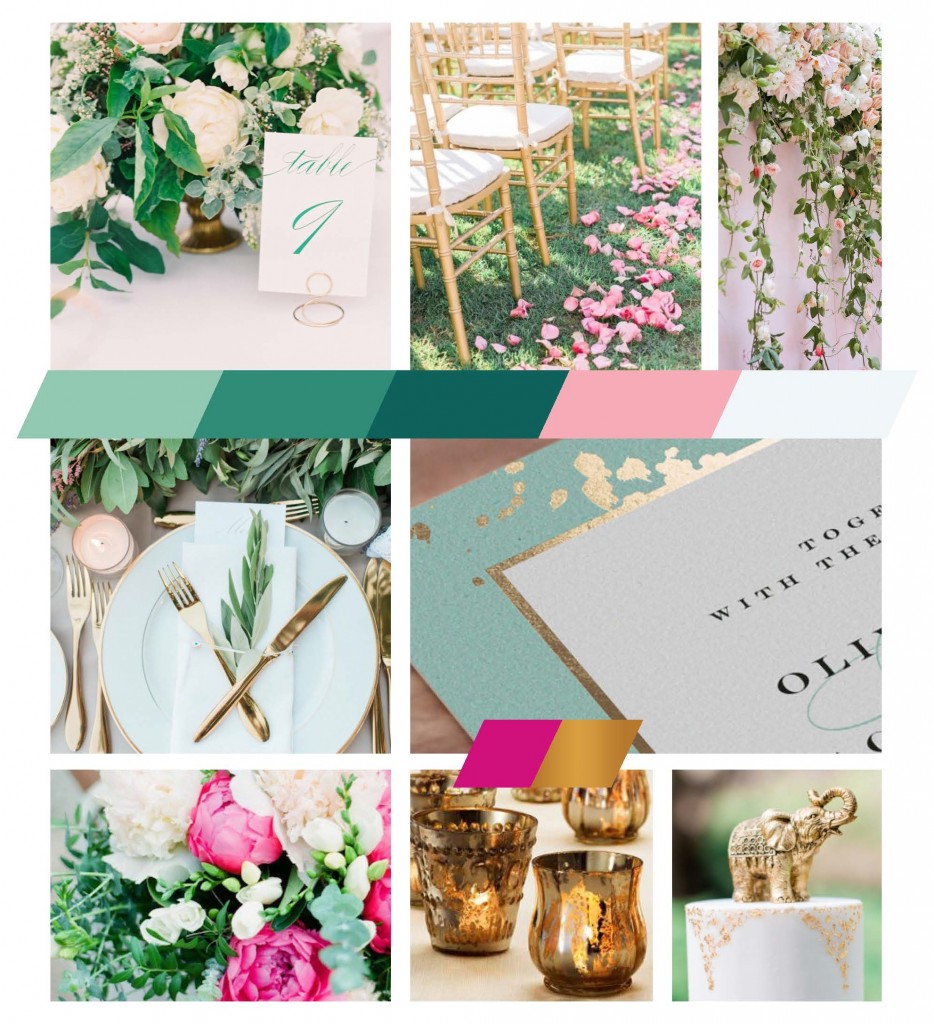Many of you know I brought Kim on board to handle event design services for our clients who wanted some help in that arena. What you may not know is that I did it because I couldn’t! Like many of you, I’m intimidated as hell by it! And yet. I think while many of us feel intimidated by wedding design or “styling” (ugh), we also actually do want our event to have a cohesive look and feel. But we have no idea how to do that. Frankly, many of our clients come to us a bit late - and so I wanted to discuss when in the planning process you should start integrating design. Especially for you newly engaged folks, it’s worth a read so that you’re able to be cohesive without having to overthink things too much.
Wedding Design begins with the venue… or does it?
Photo by JPG Photography
Which comes first, the design or the venue? It’s sort of a chicken or the egg question, depending on who you are. So our first tip is to make note of how much the design/style of your wedding really matters to you. If you are a design fanatic and have strong opinions about what your wedding looks like, start with design first. As in, if you HAVE to have a rustic feel, then you probably shouldn’t check out city venues. However, most of my clients lean more towards the “we care, but it’s not our top priority” realm. So for you, we recommend you book your venue and date first. The location and the season of your wedding will strongly influence your event design. Once the venue is booked, it’s worth stopping a moment and thinking about the design elements so that your wedding can have a cohesive feel. (side note: this is where our design services can really help, once you’re at this point. Kim talks and meets with you to help you determine the following items: colors, and a mood board with which to make all future decisions!)
Wedding colors
Photo by Modern Frame Photography
From there, use your venue to think about the colors and feel you want for your wedding. If you’re having a beach wedding you might opt towards sandy and romantic tones - or perhaps it’s a beach in Mexico and you want to go for bold colors! Kim adds, color is SO personal and much more than just saying to your vendors you like the color pink. What kind of pink? How much pink? Only pink, or other colors as well? Being super clear about particular shades and accent colors will help guid your vendors as they make proposals for you. The season also matters - though I’m a fan of not sticking to seasonal colors to mix things up a bit! If the season inspires you - for example, you’ll be wearing a long sleeved dress for a winter wedding - use that inspiration towards other colors and elements.
Wedding Mood Board
You should then use all of the above to make a mood board. Yes, Pinterest is a great place to start browsing and collecting images that speak to you - but too many images can muddle your vision and confuse vendors. That’s when a streamlined and edited down one-page mood board can do wonders - and where we come in to help! Editing your own thoughts is hard. When you meet with Kim you’ll discuss everything on your mind design-wise and she’ll help narrow down your vision to one that is cohesive for your vendors to work from. This is where I would have killed for Kim’s assistance back in the day of planning my own wedding. Style and design are such visual elements. Talking about them to vendors sometimes…just doesn’t work. But having that streamlined mood board to SHOW your caterer so they can help you pick the linens is a priceless tool. Or SHOW your florist what type of bouquet you’re interested in. This mood board can be a wonderful resource for ALL the future design choices down the planning pike.
But I don’t care about Wedding Design so it doesn’t matter
Photo by Porter Watkins
Don't think you have design choices to make? Unfortunately, you’re wrong. Even if, like me, you don’t consider yourself someone who is sensitive or interested in design, there are lots of moments throughout the planning process when small decisions you make can help determine how cohesive your wedding will feel.
The reason we recommend you start thinking about these things early on is so your wedding website, your save the dates, and then all future correspondence and communication with the guests feels cohesive. Design helps communicate a message to everyone involved - and the practical, logistics-driven person in me adores that element of design: the story it tells and communicates to your guests (which, as a reminder, I believe communication is the #1 key to having a stress free wedding. So mull that over for a bit). Giving guests a clear sense of what to expect, not only in text on your website, and alphabetizing your escort cards, but in the look and feel of your invites, wedding website, and other design elements, help them feel more comfortable and at ease.
